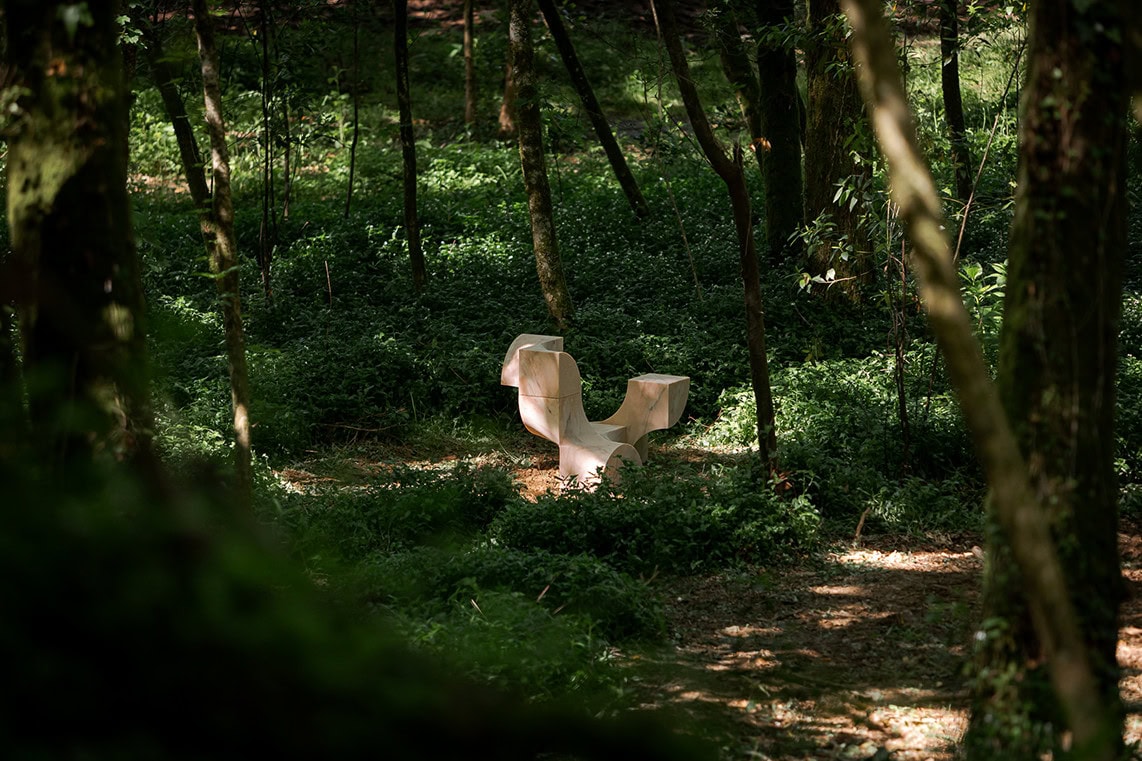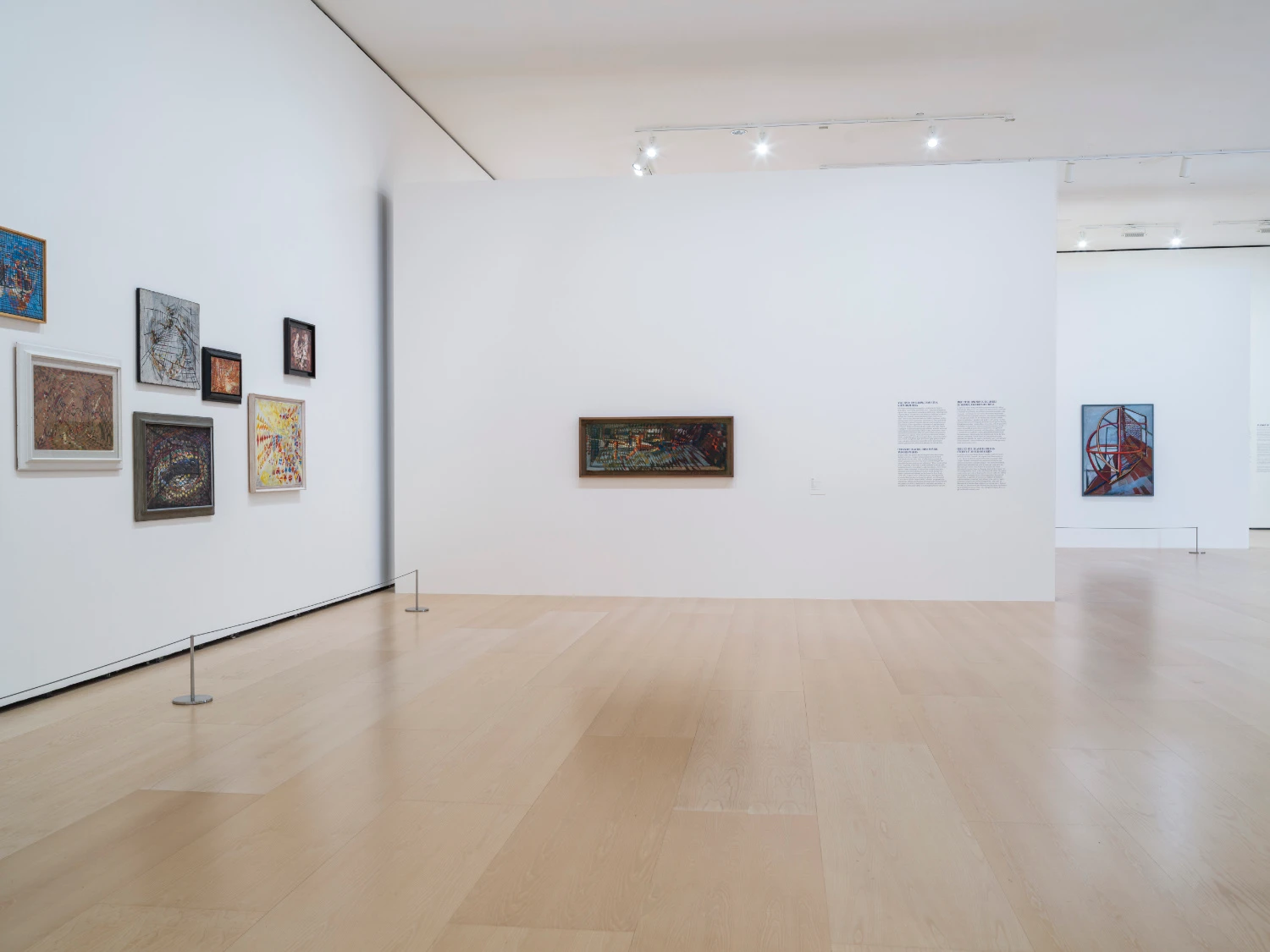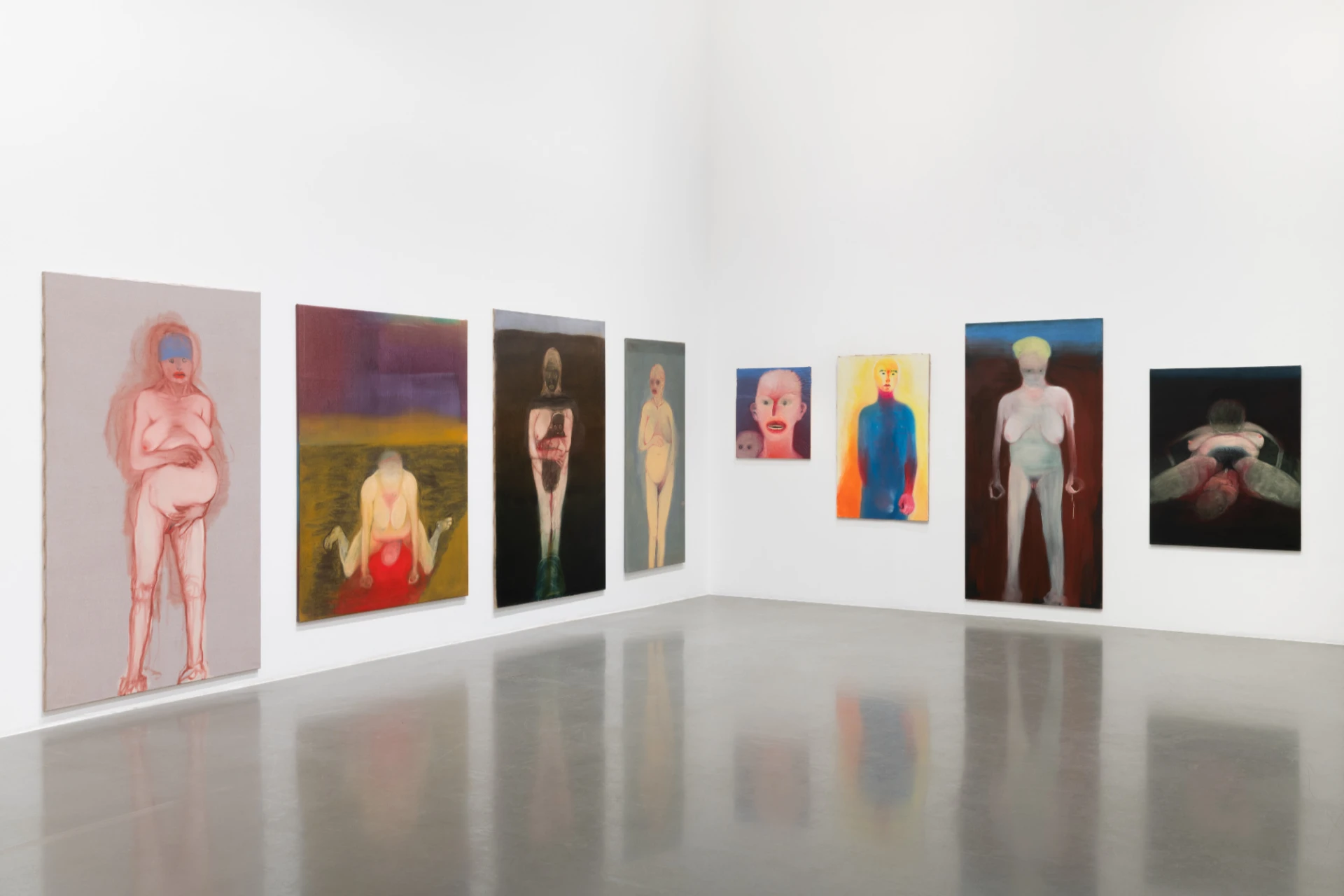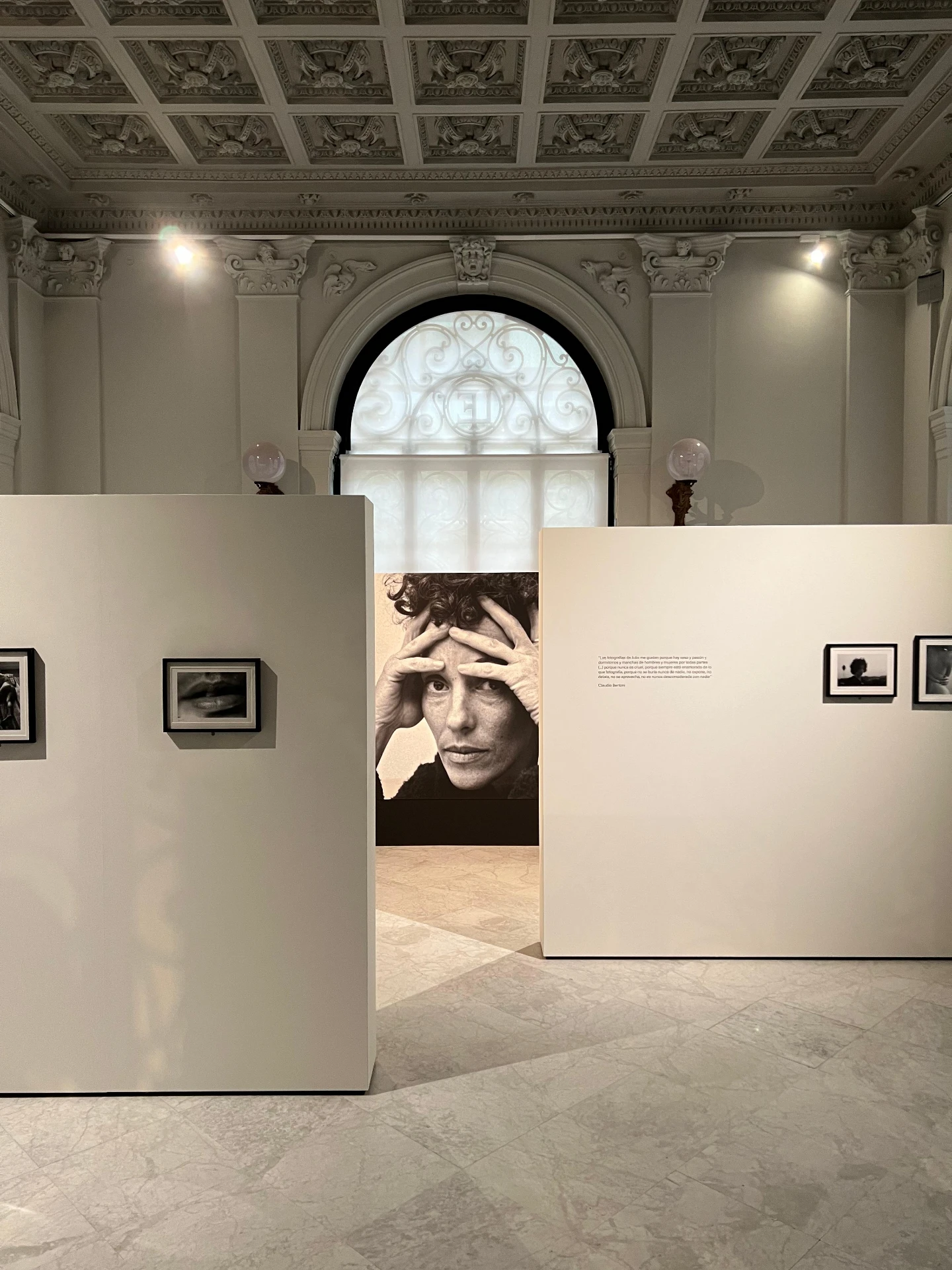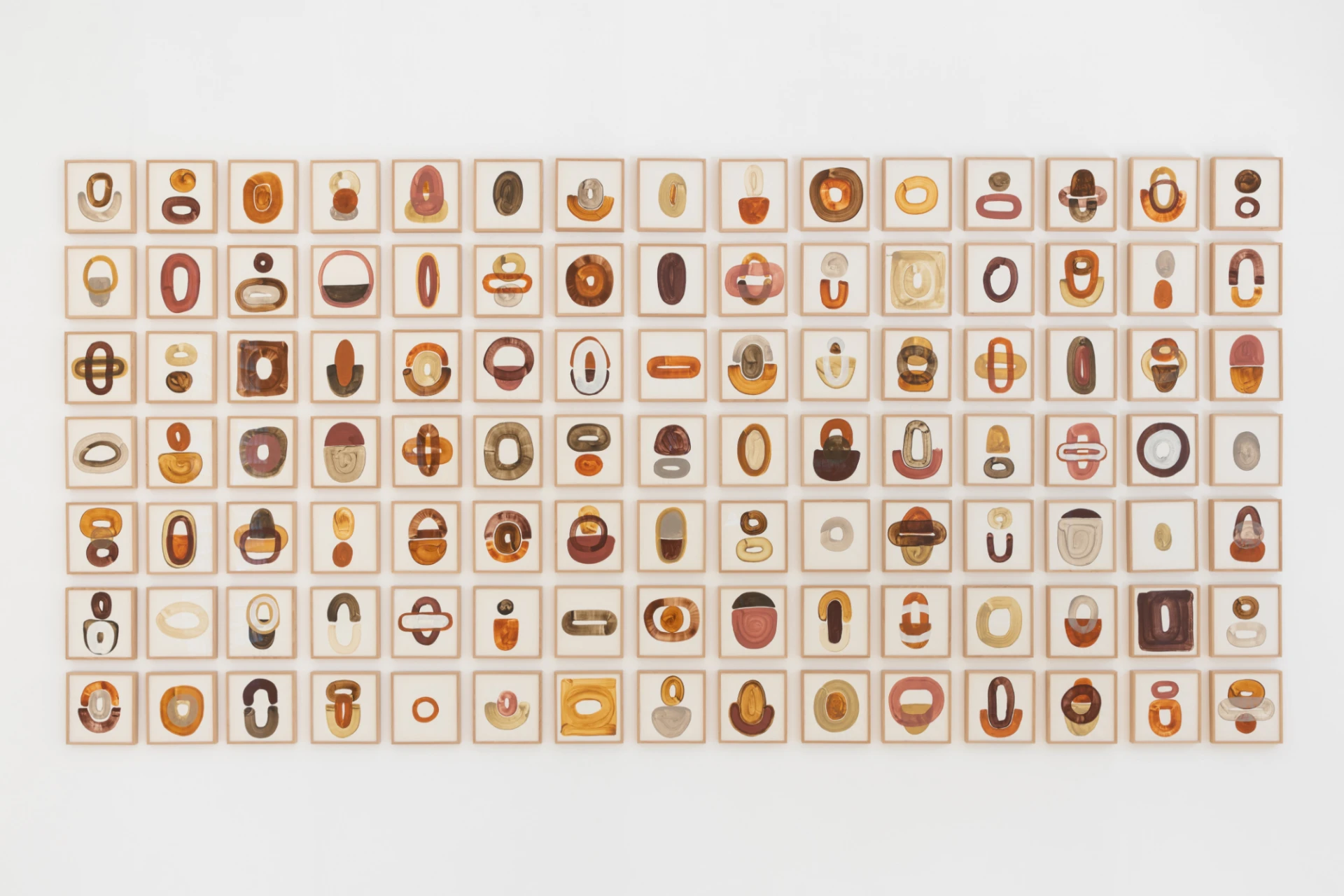It only takes a brief car journey to escape the cosmopolitan mayhem and enter a rural world. About 50 kilometres are needed to go from Lisbon to Maceira and Alfeiria, located in the municipality of Torres Vedras. Between these villages – so close and yet so far from Lisbon – artist Paulo Brighenti managed to find fertile ground to establish the artistic residency programme RAMA.
Running non-stop since September 2020, this project emerged from his ambition to provide other artists, curators and researchers with a space for reflection and the creative process. “There is no support for artists to be cooped up in their studios working, and at times that’s exactly what they need,” Paulo Brighenti observes.
With no outside demands and no obligation to hold an exhibition, RAMA presents a residency model far from a market logic that overestimates the outcome. “There is no requirement for the artists to produce. In other words, they do not have to walk out of here with a final piece in their hands. And that takes away tension and anxiety,” explains curator Ana Anacleto, in charge of monitoring the artists and the mentoring programme.
Throughout the residencies, thinking, research, experimentation and sharing are all brought to the surface. The aim is to develop a collaborative ecosystem where artistic creation intersects with the region’s landscape, the local community and its traditional knowledge.
Just like the resident artists, Paulo Brighenti and Ana Anacleto experiment with the contamination of their artistic work. In this context, distant from her more urban surroundings, Ana Anacleto stresses the possibility of developing a different curatorial practice, one that is less staged and formatted: “I’m very accustomed to doing studio visits, where I go to the artist’s studio and there’s a kind of preparation. Things go much more naturally here. It feels as if I’m part of the energy of the studio too.”
RAMA hosted the artists Anastasia Solopova, Ânia Pais and Madalena Bettencourt last April, from different cities and very distinguished artistic backgrounds.
Anastasia Solopova was born in Russia and lives in Berlin, where she studies classical philology. In parallel to her academic training, she has been working in the fields of illustration and graphic design. “My life is split into two strands, a scientific one and a creative one. They mutually impact each other. Every time I start a new project, I’m influenced by my previous studies,” she says. Her most recent work, to be published next year, is a graphic novel about the Roman myth of Echo and Narcissus. This is an appropriation of a classic text that, at first sight, seems not to belong in the realm of comics. In this black and red novel, colour is considered as a translation tool, capable of producing emotional responses and opening up tension fields and new dimensions.
Her time at RAMA was mainly shaped by an attempt to separate her colour study from the text and mythological figures. “I want to learn about the relationship between colour and texture, how colour behaves when applied to different materials,” Anastasia explained. When we visited her studio at the residency, we found a series of visual essays – exclusively developed in red, on flat supports – that reflect on restriction and the possibilities that come with it.
Anastasia Solopova has been able to devote herself entirely to trialling for the first time in a while, welcoming the error and repetition that come with it: “I’ve been experimenting and failing a great deal. As I have no artistic training, there are many materials I don’t know how to work with.” Exchanging experiences with the other artists was key to overcoming these difficulties. A sharing dynamic between the resident artists was established early on. For example, Ânia Pais and Madalena Bettencourt had long wanted to share a space and work together. Last month at RAMA was the chance to fulfil that wish.
Born in Covilhã, Ânia Pais came to RAMA as part of a grant awarded under the 2023 Millennium BCP Foundation Young Art Award. She studied painting at the Faculty of Fine Arts of the University of Lisbon, but her artistic endeavours mainly involve a sensitive connection with the body of fabric and its deconstruction. “I’ve been working with fabric as a body, a material that resembles mine, as if we were identical. With the same care and the same level of sensitivity, I try to find its language,” she explains. This initially unconscious connection with fabric is in fact an influence of the land where she grew up, a small village where the tradition of weaving remains deep-rooted.
Ânia Pais spent the month of April working freely with the fabric she had brought from a Covilhã recycling factory. More than anything, she tried to get to know the mental images inside her: to give them time, to get to know them and to materialise them, bit by bit. This process of revelation gave rise to a series of installations using shredded fabric, plaster and tree branches. These works reflect the raw stark contrast between the weight of the raw plaster and the weightlessness of the fabric, and emphasise the relentless effect of time on matter.
“I had planned to come with a project in mind, but fortunately that got postponed. This allowed me to come [to RAMA] with no set agenda and let myself be influenced by the territory, the people and the relationships that are formed,” Ânia Pais said. Similarly, Madalena Bettencourt came without a plan. Her sole purpose was to explore Maceira and Alfeiria’s soundscape, using the Bell object as the foundation for her work.
Having graduated in sculpture from the Faculty of Fine Arts of the University of Lisbon, Madalena Bettencourt used the Third Jov’Arte Prize of the Loures Biennial to apply for the RAMA artist residencies. She brought with her two bells, lent to her by the oldest bell foundry in Portugal, and built on them to develop an interdisciplinary artistic work.
Her residency days were mainly spent creating a performance that the village population called the “Bell Procession”. Madalena Bettencourt travelled around the village every day at sunset with a wheelbarrow, on which she attached the two bells. “They immediately started telling me stories about the bells in their lives. And this is precisely where my work is based, on this almost unconscious value that people have for sound and how much the soundscape of the place where they live says about their own reality,” she explained.
Understanding a soundscape entails getting to know the local people and, in keeping with this, her creative process included direct contact with the community. Memories were shared and beers were enjoyed in the village café during April. After all, this is what RAMA is all about, a project that, in a rural setting, could only exist in communion with its surroundings.
More than 70 national and international artists have visited Maceira and Alfeiria since the residences were opened. They have found an environment here where neighbours greet each other in the streets, the local bread van continues to roam the village laneways and animals roam freely between backyards and farmland. There were few who remained unaffected by the slowing down of time and the contact with this territory. More often than not, a door was opened to a series of creative possibilities and the artistic practice inevitably ended up reflecting a work of territorial exploration.
The work done by the three artists was brought together in the collaborative exhibition Everytime I walk by the donkey, presented on April 27 at RAMA. More information about the artist residency programme is available on the RAMA website and in the article Um ano de RAMA, written by Joana Duarte for Umbigo in 2022.

